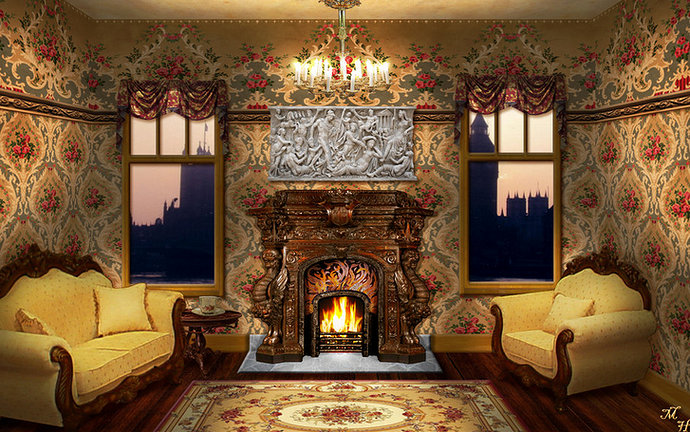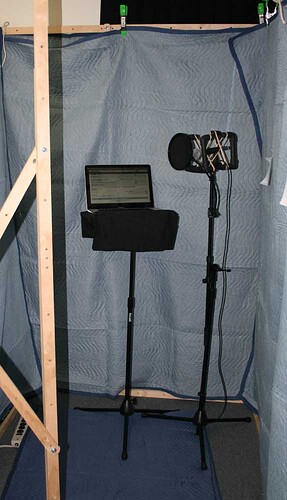it’s literally an empty room
Our preference is a Victorian overstuffed parlor with lots of padded divans and reclining sofas and thick carpeting with heavy drapes. Ferns optional.
So an empty room is a good start.
I have a “portable studio” I made from sticks and furniture moving pads.
One finished wall is double layer.
Note the doubled-over moving pad on the floor on top of the industrial carpeting. This was a quiet room in one corner of our factory whose only shortcoming was bare-wall live echoes. I shot several animation voice tracks in that room. Note the contraption on the right is home-made vibration isolation for the microphone. Those are US Postal Service rubber bands.
http://www.kozco.com/tech/pvcShockMount/shockmount.html
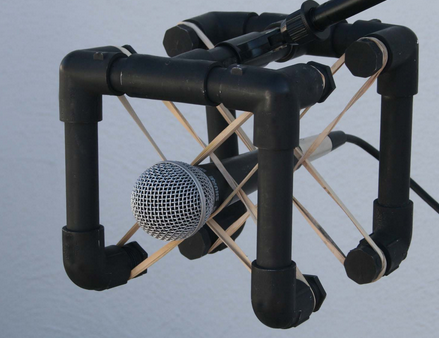
You don’t have to soundproof the whole room (although not a dreadful idea). There are a number of “announcing tunnel” concepts out there.
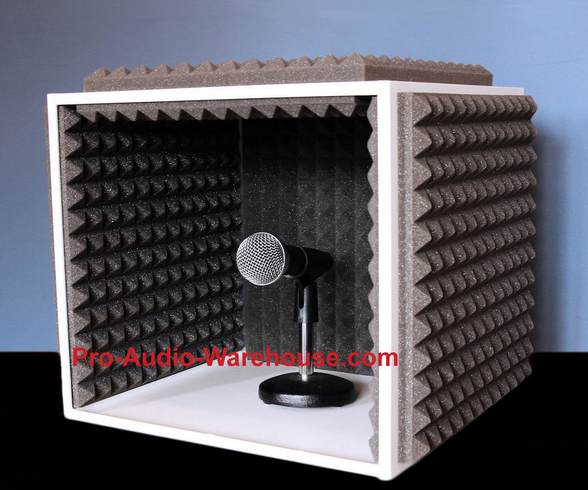
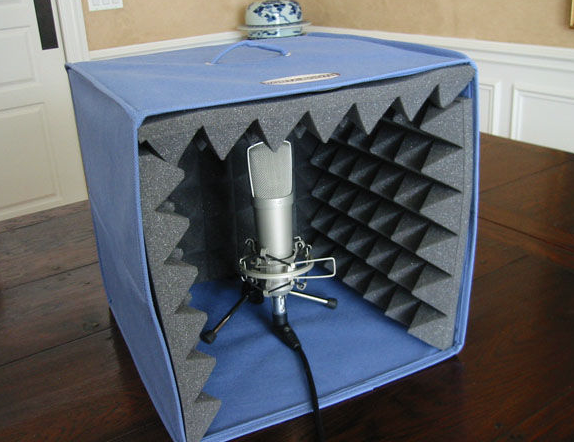
Both of these are wrong because neither one pads the floor under the microphone and only the second one has a “spider” to isolate the box from the microphone. Metrobus rumble through the floor right up to the microphone in the case of the first one.
Also I would somehow deaden the wall behind you. The microphone is picking up your face and anything behind you. Alternately, put a corner of the room behind you, not a flat wall.
Fill the room with storage. Cardboard boxes full of old vinyl records and tax forms from 1982 are a terrific soundproofing. I did a sound shoot in a storage closet once—with the storage. I had to stop when the company ran out of room and turned it into somebody’s office. I actually time-shared with a Producer for a week or so.
Koz
